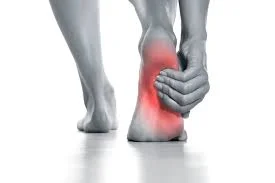Home / Osteopathy / Plantar Fasciitis: Understanding the Causes, Symptoms, and Treatments
Plantar fasciitis is a common foot condition that affects millions of people worldwide. It occurs when the plantar fascia, a thick band of tissue that runs along the bottom of the foot, becomes inflamed or irritated. This condition can cause significant pain and discomfort, making it difficult to walk or stand for long periods.
Plantar fasciitis can be caused by a variety of factors, including:
The most common symptom of plantar fasciitis is heel pain, especially when taking the first steps in the morning or after prolonged periods of rest. The pain may also worsen after prolonged standing or physical activity. Other symptoms may include:
Fortunately, plantar fasciitis can often be effectively treated with conservative measures. These may include:
To reduce the risk of developing plantar fasciitis, consider the following tips:
In conclusion, plantar fasciitis is a common foot condition that can cause significant discomfort and interfere with daily activities. By understanding the causes, symptoms, and treatment options for plantar fasciitis, individuals can take proactive steps to manage the condition effectively and prevent recurrence. If symptoms persist or worsen, it is important to consult with a healthcare professional for further evaluation and guidance.

Learn More about how we can help you
Sign up for a FREE introductory chat
Osteopathy, Posture Correction and Sports Injury Services across Norfolk.